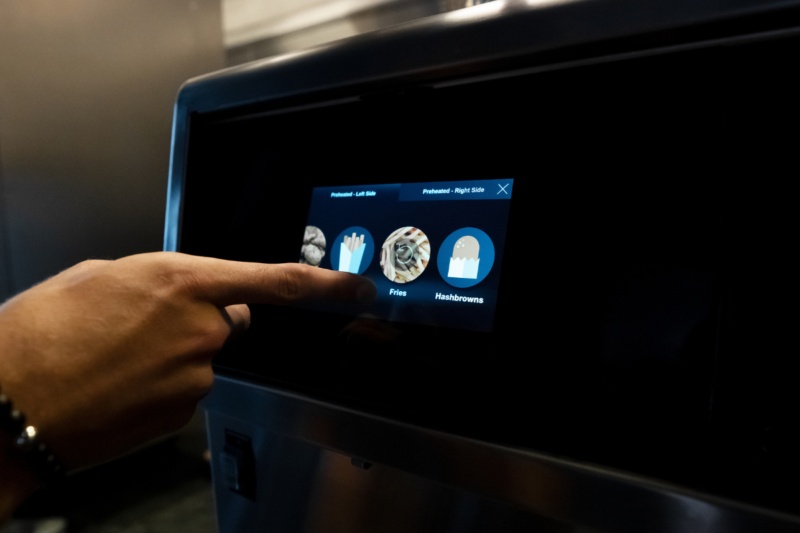When a pair of double-stacked combi-ovens stopped working properly at a large chain grocery store, the staff of Commercial Parts & Services in Cincinnati received an urgent call to get them back to baking mode.
The units that needed repairing were higher-end makes and models, and they were fairly new. The client said both ovens’ neoprene tubes, which transport water and chemicals during the cleaning process, were leaking and the bottom oven wasn’t working at all.
After initial inspection, “the service technician noticed right away that the tubes were corroded,” says Steve Sliter, president and branch manager. While trying to figure out why the tubes were corroding and leaking, the technician realized the leaking from the top oven caused the bottom oven to lose power altogether.
Simple observation wasn’t delivering any answers. “It wasn’t until after talking with the kitchen staff that he found out that they were using the wrong chemical to clean and de-lime the ovens,” Sliter says. Not only was it the incorrect product for oven cleaning, the staff was using it in its concentrated form, straight from the container. Pleased with the chemical’s ability to clean layers of baked-on proteins and oil—to the point the interiors looked like new—the staffers had no idea the chemical was breaking down oven components, as well.
The chemical “quickly ate through the tubing that delivers cleaning chemicals to the oven,” Sliter explains. And because the ovens were double stacked, large amounts of water (used during cleaning) and the cleaning chemical leaked to the bottom of the top oven and into the oven below, causing multiple component failures, including all the electronic components in the lower unit. The result was several thousand dollars in parts and labor for the repair.
Damaging cleaning chemicals not only ruin equipment, they’re safety hazards if you don’t handle them carefully. While working on the ovens, the technician accidentally came in contact with a puddle of the cleaning chemical. “The chemical ate through his shirt and left a tennis-ball-sized burn on his skin,” Sliter says.
“It’s not uncommon for my techs to see damaging effects from chemicals when employees use them improperly,” he adds.
The solution is aggravatingly simple. The customer switched to a less aggressive cleaning solution made for the equipment and application and trained its staff on how to use it. “Even soap and water can do the trick,” Sliter suggests.
It’s up to shift managers to communicate proper cleaning procedures and explain why you always have to follow manufacturer’s recommendations.
Copyright FER July 2013
RELATED CONTENT
- Advertisement -
- Advertisement -
- Advertisement -
TRENDING NOW
- Advertisement -
- Advertisement -
- Advertisement -


